(C) Copyright Cambridge Group of Institutions
About this Site Legal Privacy Policy
We at CCCIR is committed towards solving the pressing problems of the world and help you in developing and refining your project and product problems. Our team of scientists are associated with top global agencies to solve research problems.
Are you interested to collaborate with us for your research problem? Click here to see how we can help.


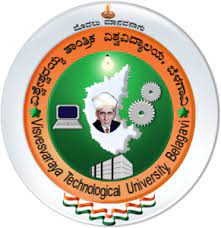



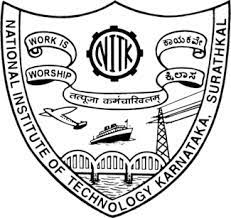

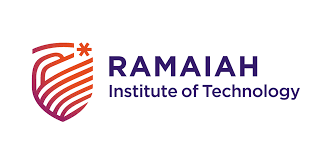

Research and development at CCCIR maintain the best quality and high ethics in solving some of the most important problems. CCCIR has the best of laboratory and infrastructural facility in South India to solve problems.
Development of Depth of Anesthesia (DOA) monitors for precise determination of the anesthesia status of patients during General anesthesia using DWT algorithm as a technology. Improved and novel processing of EEG signals to utilize the full band of 0.1Hz to ~ 500Hz which resolves the time-frequency localization problem in current technology. The existing technologies monitoring devices along with services costs more than 10,000$ and above, our proposed system will be within 2,500$.

Emotion detection is one of the major research areas in human-machine interface design. With emotions playing an important role in today’s technology revolution, machines are also designed to understand and respond to human emotions. Next generation computers and multimedia gadgets and gaming gadgets are designed to identify human emotions and accordingly perform the activities. Emotions in humans are classified into valence and arousal behaviours. Stress is one of the components that influence emotions. True emotions exhibited by humans are dominated by stress levels. Determining emotions also can provide indirect measurement of stress levels. The focus of this research work is to detect emotions and classify emotions into normal and abnormal emotions indicating true emotions and stress related emotions. EEG signals that are recorded from brain sensors are processed and decomposed into wavelet domain and energy levels are determined. The wavelet energy levels are processed by the neural networks structure to classify the wavelet energy levels into normal and abnormal levels indicating the emotions. MATLAB environment is used for modelling of proposed emotion detection and classification algorithm considering EEG signals recorded from more than 40 subjects. The emotion detection and classification algorithm is designed for implementation on FPGA platform optimizing area, timing and power performances.

The fibre optic communications industry has revolutionized the telecommunications industry by providing higher performance, more reliable telecommunication links with ever decreasing bandwidth cost. In parallel with these developments, fibre optic sensor technology has been a major user of technology associated with the optoelectronic and fibre optic communications industries. A fibre optic sensing mandrel has designed in this work with a composite concentric structure. The structure has made with different layers having variable material and structural properties. The mandrel is designed to withstand a natural frequency ranges from 0.2 to 2.5 kHz. The objective of the work is to design the mandrel which is placed at a distance ranging from 20 to 200m underwater.

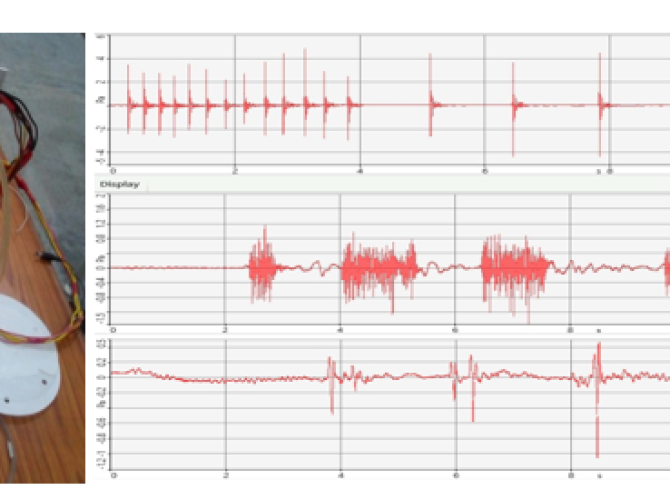
In this work, common source Low Noise Amplifier using inductively degenerated technique is designed to meet Radio Frequency (RF) range 2.45 GHz-2.85 GHz. The designed LNA is implemented using single and multi-finger transistor logic. The transistor geometry greater than 300 μm has been split into multiple fingers using multi-finger technology. The schematic is captured using ADS. The performance of LNA for various technologies has been analysed using PTM 180 nm, PTM 130 nm and PTM 90 nm models. The amplifier with single transistor achieves minimum noise figure of 0.178 dB noise figure and maximum gain of 20.045 dB using 130 nm model technologies for Bluetooth applications. Similarly the minimum noise figure of 0.288 dB and peak gain of 17.971 dB is obtained using multi-finger MOSFET of PTM 90 nm technology.
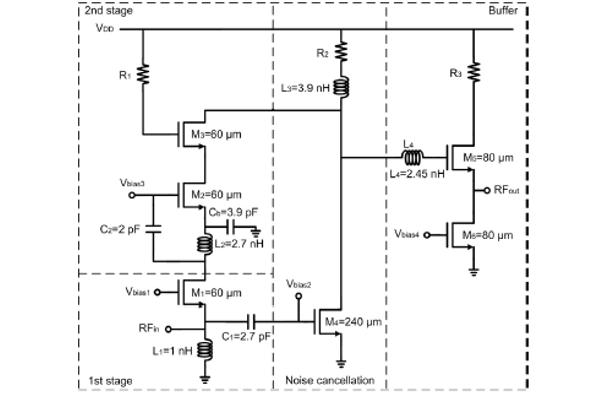
In this project, the images acquired constitute large storage space. The research involves development of fast algorithms and architectures for image compression and decompression with near loss less approach. Dual tree complex wavelets have been used for feature extraction and modified SPIHT scheme is used for data encoding.
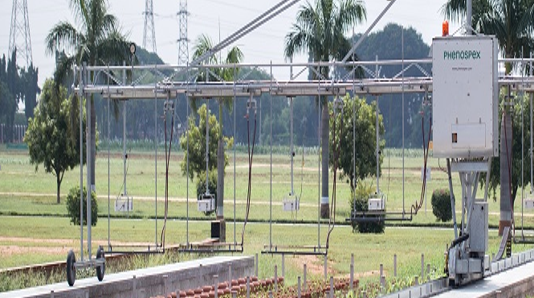
In this research we intend to extend our studies on impact of HIIT on adolescents by monitoring insulin sensitivity, adiponectin, HDL, BMI, body fat, waist circumference, LDL, SBP and TAG. Protocols for HIIT that could determine optimum strategy to deliver cardiometabolic health benefits will be developed to make HIIT process enjoyable. HIIT requires measuring Cardiorespiratory Fitness (CRF), heart rate (HRmax), maximum aerobic speed (MAS), maximal oxygen uptake (% ˙VO2max), ventrally threshold (% VT). It is required to design and develop indigenous sports equipment integrated with sensors and software for data acquisition and synthesis. Random effects Meta-Analysis is required to be carried out considering the measured parameters and automation in software analysis for completion of HIIT test is developed. The research outcome will be of two folds: one technology development for indigenization of sports equipment for HIIT and second development of protocols for performing HIIT among adolescents enjoyable in improving fitness levels.

Detection of landmine is a challenging task as there are large variety of landmine types, soil conditions, variation in soil conditions due to environment, weather conditions, presence of human and natural waste and interferences from electronic components. GPR mounted on UAVs is gaining popularity due to the fact that the landmine detection is based on multi sensor data fusion and localization with centimetre-level accuracy. GPR system and the post processing methods are the two driving factors for the success of detecting landmines. The major components in GPR are the transmitter-receiver module, RF front end and base band. The data acquired and stored on the GPR system after UAV scanning is processed offline for detection and characterization. Soil EM parameters, μr and εr, the target depth and orientation of the target with regard to soil surface impose greater challenges in landmine detection.
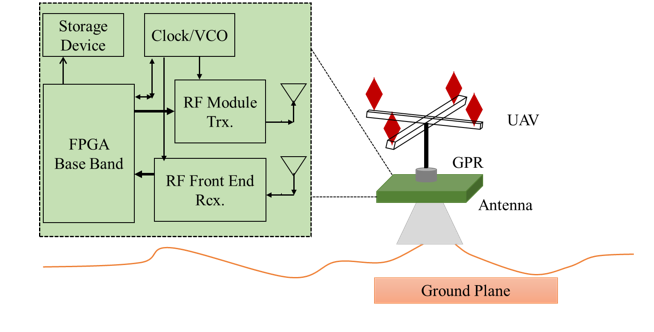
Details of On-going Research Projects
Sl. No. | Research Work | Funding agency | Start Date | Associated Partners |
01 | 3D printing of Metals and Plastics | DST | Completed | None |
02 | High-strength stereo lithography photopolymer based composites | SERB | Completed | None |
03 | Evaluation of full-field temperature fields of high speed compressors and turbines | VTU | Completed | None |
04 | Hyper spectral Image Compression | ISRO-RESPOND | 15th Sep 21 | NITK & MSRIT |
05 | Real Time Virtual Lab | VGST – CISEE | 1st June 21 | MSEC, B’lore |
06 | Underwater sensing & navigation | VGST-CESEM | 10th Oct. 21 | MSEC, B’lore |
07 | HIIT equipment for NCD* | VTU – RPS | 15th April 21 | Baptist Hos. |
08 | GPR system | LRDE | 20th Mar. 21 | IntSemi Technologies |
09 | Depth of Anesthesia | DST-NIDHI-EIR | 1st April 21 | Enkefelows |
10 | Drone Vs Bird | DRDO | 30th Oct. 21 | None |
11 | SPANDIG | DST | 20th Aug. 21 | Silicon Micro Systems |
(C) Copyright Cambridge Group of Institutions
About this Site Legal Privacy Policy

Director CIRCC
“We create world-changing solutions that make people safer, healthier and more productive”
CIRCC’s got that rare mix of people, creativity, technical diversity and excellence, and flexibility to pursue longer-range goals. Of course there are no guarantees, but CIRCC provides the tools for a motivated person to make things happen.